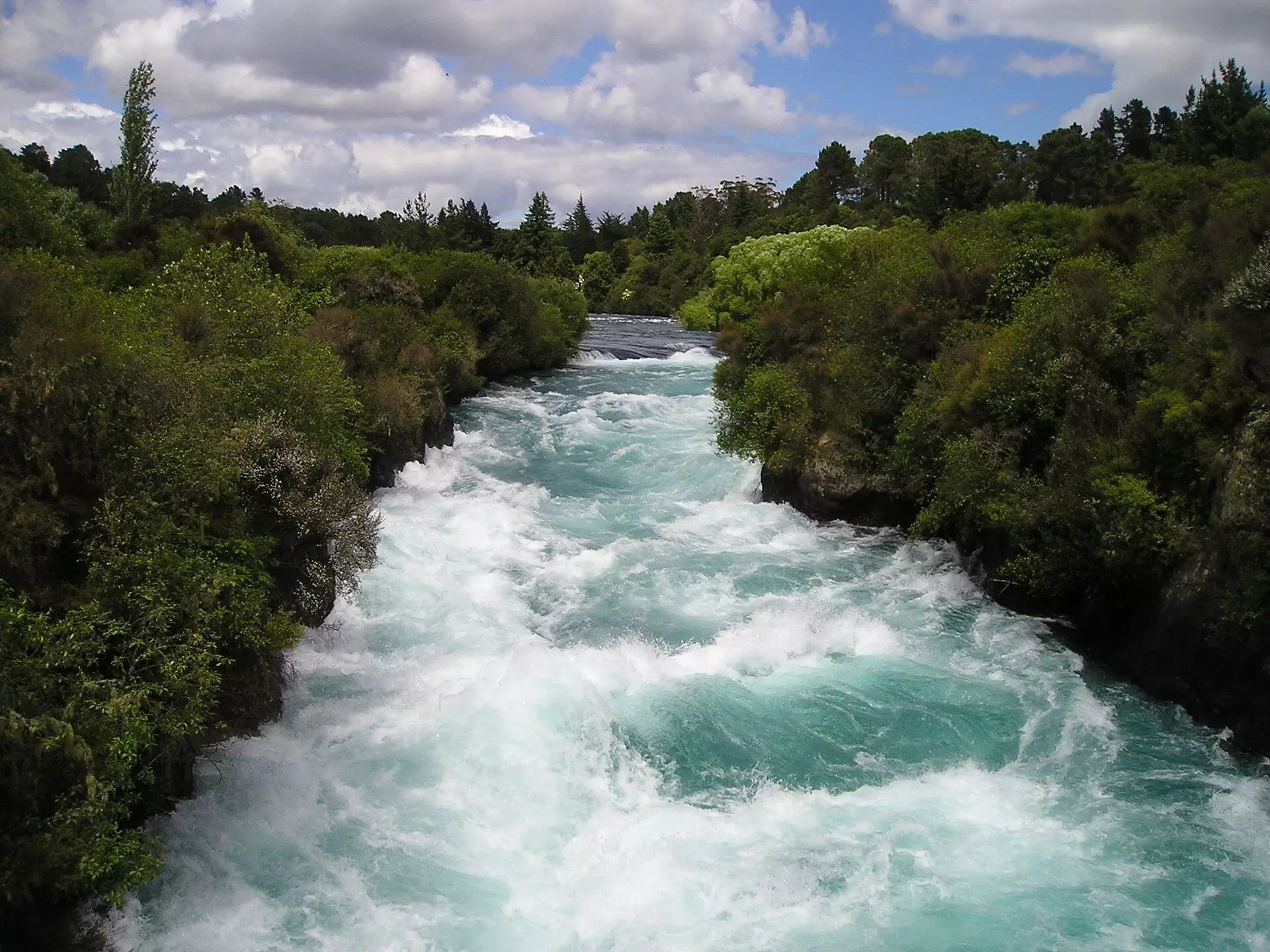The rise of artificial intelligence (AI) is driving an electricity consumption crisis in the United States, a phenomenon many are unaware of. The sheer power required to train and operate generative AI systems like ChatGPT is staggering. In a mere day, a single instance of such a system can consume the same amount of electricity as approximately 180,000 average American households. This dramatic surge in power consumption raises pressing questions about the sustainability of our electrical grids as we enter an era defined by extensive AI deployment.
One particularly alarming statistic is that training GPT-4 required about 50 gigawatt-hours of energy, equating to approximately 0.02% of California’s total electricity output for an entire year. To put that into perspective, this is 50 times more energy than was consumed in training its predecessor, GPT-3. With California’s primary utility company, PG&E, projecting that energy demand may double by 2040 due to AI advancements alongside the rising needs for manufacturing and electric vehicles, the urgency for alternative energy solutions has never been more critical.
The Role of Hydropower in the Energy Landscape
Shon Hiatt, an associate professor at the USC Marshall School of Business, advocates for a transformative pivot to hydropower as a viable and underutilized energy source to combat the burgeoning electricity crisis stemming from AI. Despite its longstanding presence, hydropower remains a minimally tapped resource in the U.S. With approximately 90,000 reservoirs scattered across the country, only a small fraction is currently harnessed for electricity production. Existing infrastructure can be revitalized quickly to accommodate the escalating demand, rendering it a practical immediate remedy.
Repurposing these existing hydropower facilities can yield substantial power generation—by enhancing current plants, the U.S. Department of Energy estimates that up to 10 gigawatts of additional capacity can be derived in just a few months. This not only represents a rapid deployment option but a significant environmental advantage as well, given that hydropower contributes to a clean energy future.
The Challenges of Sustainable Energy Production
As the demand for electricity surges, particularly in data centers that require a reliable and constant energy supply, utilities face looming questions about sustainability. Currently, renewable sources like wind and solar offer intermittent energy, often dependent on favorable conditions which are not guaranteed. To bridge the gap, many utilities may resort to fossil fuels, nuclear plants, and other less sustainable sources, undermining the progress made toward a greener future. The projected 13-15% annual increase in electricity consumption for data centers through 2030 paints a daunting picture of energy deficits if we maintain our current trajectory.
It is evident that conventional renewable energy methods alone will not suffice to support the burgeoning needs introduced by AI. The staggering reality is that Big Tech companies are now turning their eyes toward energy production, evident in Amazon’s $650 million deal for a Pennsylvania data center linked to a nuclear power plant. This blurring of lines between technology and energy sectors highlights the urgent necessity for a coordinated approach to develop solutions that promote sustainability while addressing rising energy demands.
Innovative Solutions Through Hydropower
Among the innovative options, hydropower stands out for its ability to deliver baseload energy compared to wind and solar—which are typically vulnerable to fluctuating environmental factors. Enhancing existing dams and installing turbines on reservoirs can be executed relatively rapidly and can yield significant energy output in a short timeframe. Additionally, the adaptation of run-of-the-river hydropower presents an exciting ecological opportunity. This approach utilizes natural river flows without requiring large reservoirs, minimizing the environmental impact while exploiting the vast potential of untapped hydropower resources.
Despite these promising alternatives, systemic barriers such as regulatory hurdles serve as impediments to swift action. The lengthy licensing and permitting processes for new hydropower projects can curtail the momentum needed to tackle the imminent energy crisis.
The Near Future: Balancing Demand with Sustainable Solutions
Looking ahead, the most probable scenario for meeting the electricity demands of AI data centers in the short term may involve a reliance on combined cycle natural gas facilities, as they are easily constructed and currently well-resourced. However, the major concern is fostering a framework that allows for more sustainable energy options to flourish alongside these quick fixes. Small modular nuclear reactors also represent a long-term solution, but their deployment trajectory implies they may not be operational before 2030.
As the AI sector continues to expand, our electricity infrastructure must adapt accordingly. Embracing hydropower not only promises sustainability but also reflects a necessary commitment to innovation in energy production. The landscape of the energy grid could evolve to support the AI revolution while minimizing environmental damage, provided we capitalize on the vast potential hydropower has to offer.

